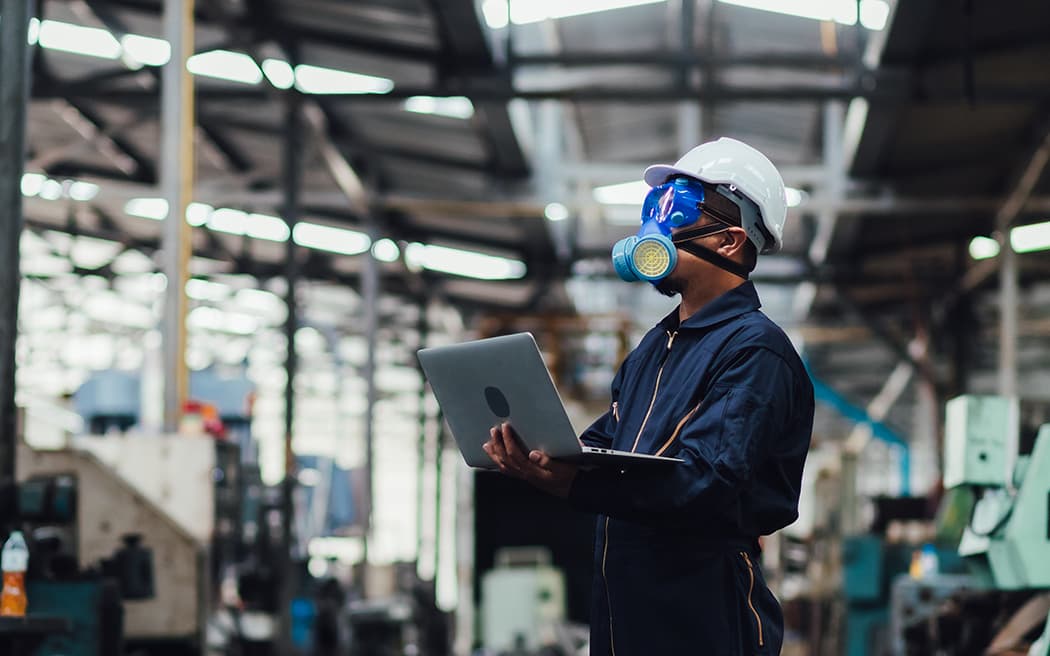FAQs
Frequently asked questions about C&D battery power solutions and products
Product Information
VLA stands for Vented Lead Acid batteries, often referred to as flooded lead acid batteries, FLA batteries, flooded batteries, or wet cells.
VRLA stands for valve-regulated lead acid batteries. They may also be referred to as sealed lead acid or SLA batteries. The two primary types of VRLA batteries are absorbent glass mat or AGM batteries and gel cell batteries or gel batteries.
Batteries should be stored indoors, preferably at 77F (25C), or in a cool (60F to 85F), dry location and placed in service before the date stamped on the shipping carton. The indicated storage time is based on storage at 77F (25C); approximately 6 months for Lead Calcium alloy and approximately 3 months for Lead Antimony and Lead Selenium cells. See product manual for specific details.
Exercise caution when operating or storing batteries at low temperatures because of the possibility of electrolyte freezing. Although the specific gravity of a fully charged battery may present no freezing problem, the discharged specific gravity may. See product manual for more information.
C&D has a web based battery sizing application. You can access the program here. Click on REQUEST and the program will take you through the application process. Once your request is approved, you will receive your user name and password. You user name is your email address. Please enter your email address carefully; it will be used to notify you.
The first 3 letters represent the intended use of the battery.
- TEL: Telecom Applications
- UPS: UPS Applications
- VRS: Renewable Energy Applications
- AES: Advanced Energy Storage
- DCS: Deep Cycle Applications
The next number represents the nominal voltage of the battery (6 or 12). The number following the dash is an approximation of the commonly used capacity for the application of the battery. These are typically represented in Ampere-Hours (TEL, VRS) or Watts (UPS). See battery label for additional information.
The remaining letters describe characteristics of the battery.
- F: Front Terminal
- N: Narrow Width
- S: Short Depth
- W: Wide Width
- G: Gas Collection
- MR: High Rate Max
- C: Cycling Version (TEL Only)
Freshening charge implies charging batteries during or after storage, when the voltage or specific gravity falls below a given level. Equalizing charge is given to restore batteries that have been discharged or to restore voltages to batteries whose voltage has fallen outside of the recommended range.
This is general information. For specific information, see the Installation & Operating Instructions manual for the product.
Design Components
The cell open circuit voltage (OCV) is approximately equal to the electrolyte specific gravity (SG) number plus the number 0.84. For example, with an electrolyte SG of 1.300 the OCV will be 2.14 (1.300 + 0.84), or with SG of 1.215 the OCV will be 2.06.
Discharging
Potentially, some of the cells could “reverse.” The active material on the plated could be stressed and sloughed. This over-discharge can reduce the life expectancy of the cell. If over-discharged at a very low rate, the cell could become hydrated resulting in “through separator" shorts.
Hazardous Materials
The primary ingredients in a flooded battery are lead and acid.
Installation
The battery system installation may be subject to local, state and national building, fire and electrical codes. There are also guides as published by the IEEE. Relevant codes and guides may include, among others, the following:
- National Electric Code (NEC) Section 480 – Storage Batteries
- Uniform Building Code (UBC) Article 307
- Uniform Fire Code (UFC) Article 64
- IEEE – 1187 “Recommended Practice for Installation of Valve Regulated Lead Acid Batteries”
- IEEE – 484 “Recommended Practice for Installation Design and Installation of Vented Lead Acid Batteries for Stationary Applications”
- OSHA 1926.403
msEndur II
The msEndur II (ATP) modules may be stacked up to 8 modules high.
For systems requiring NEBS qualification, there may be other height restrictions, depending on battery model.
Periodic Maintenance
The battery system maintenance may be subject to local, state and national codes depending on the application. These codes and guides may include, among others, the following:
- IEEE – 1188 “Recommended Practice for Maintenance and Testing of Valve Regulated Lead Acid Batteries”
- IEEE – 450 “Recommended Practice for Maintenance and Testing of Vented Lead Acid Batteries for Stationary Applications”
Racks
RE02446 rail cover replaced RE02069 (used on 1-5/8 x 1 rail RD00422). RE02447 rail cover replaced RE02070 (used on 1-5/8 x 1-5/8 rail RD00200).
Do not use oil or grease as a lubricant for cell installation. Lubrication is usually not required due to the low friction interface of the insulation covers. If necessary, a small amount of water, unscented talcum powder or Dow-Corning III can be applied to the rail covers to reduce friction.
RD00422-L is the C&D part number for 1-5/8 in. x 1 in. unistrut rail and RD00200-L is the C&D part number for 1-5/8 in. x 1-5/8 in. unistrut rail. L is the length in feet.
Rack grounding provisions are integrated into the base of each RDB series frame. Two holes are located at the center of the frames bottom cross members and may be used to secure a standard NEMA lug. These holes are 0.44 inch in diameter and 1 inch between centers.
Renewable Energy
Yes, C&D has a variety of product designed to meet the demands of on or off grid renewable energy sites. The Advanced Energy Storage (AES) Series is a VRLA solution ranging from 168-224AH. The Liberty AES Series is a 2V VRLA solution designed for higher demand applications.
Standby Vented Cells
The standard MCTII is installed with plates parallel to the rack rails. The MCTII is also available with plates perpendicular to the rac
CAUTION – Do not add water or electrolyte to cells, particularly before initial charging. Adjust electrolyte levels only when cells are fully charged and stabilized at float voltage.
Before adding water or acid to a battery, you must consider its condition and state of charge. For example, a new battery that has recently experienced vibration during shipment will appear to have a low electrolyte level. Do not add water or acid to cells unless the plates are covered. If electrolytes cover the plates, the battery should be placed on charge. (See product manuals for charging instructions). The gases produced by charging will displace the electrolyte and raise it to an acceptable level between the container's high- and low-level marks. Had the level been adjusted to the High mark before charging, charging could have caused the electrolyte to rise to a point where it could overflow through the vent or be forced up into the flame arrestor, requiring needless maintenance.
Note: Adding water to a battery to increase the initial electrolyte level will reduce the specific gravity.
If, after charging, the electrolyte levels have not risen between the high- and low-level lines, electrolytes (sulfuric acid and water solution) of the same specific gravity may be added to bring levels to the high mark. Adding electrolytes is a procedure that should be done only after consultation with C&D or performed by a C&D agent.
Storage & Inventory Control
Batteries shipped on or after January 1, 2000 have a four digit shipping code with the first two digits being the month and the following two being the year in which the battery was shipped from the factory. For example, a code of 1000 would be interpreted as October, 2000.
Technical Support
C&D Technologies' technical support team is available to assist you Monday through Friday, 8AM to 5PM Eastern Time (excluding some holidays). For emergencies, 24-hour support is also available.
- Contact Technical Support online
- Call +1 (562)-236-3045 or (800) 423-6569 toll-free



